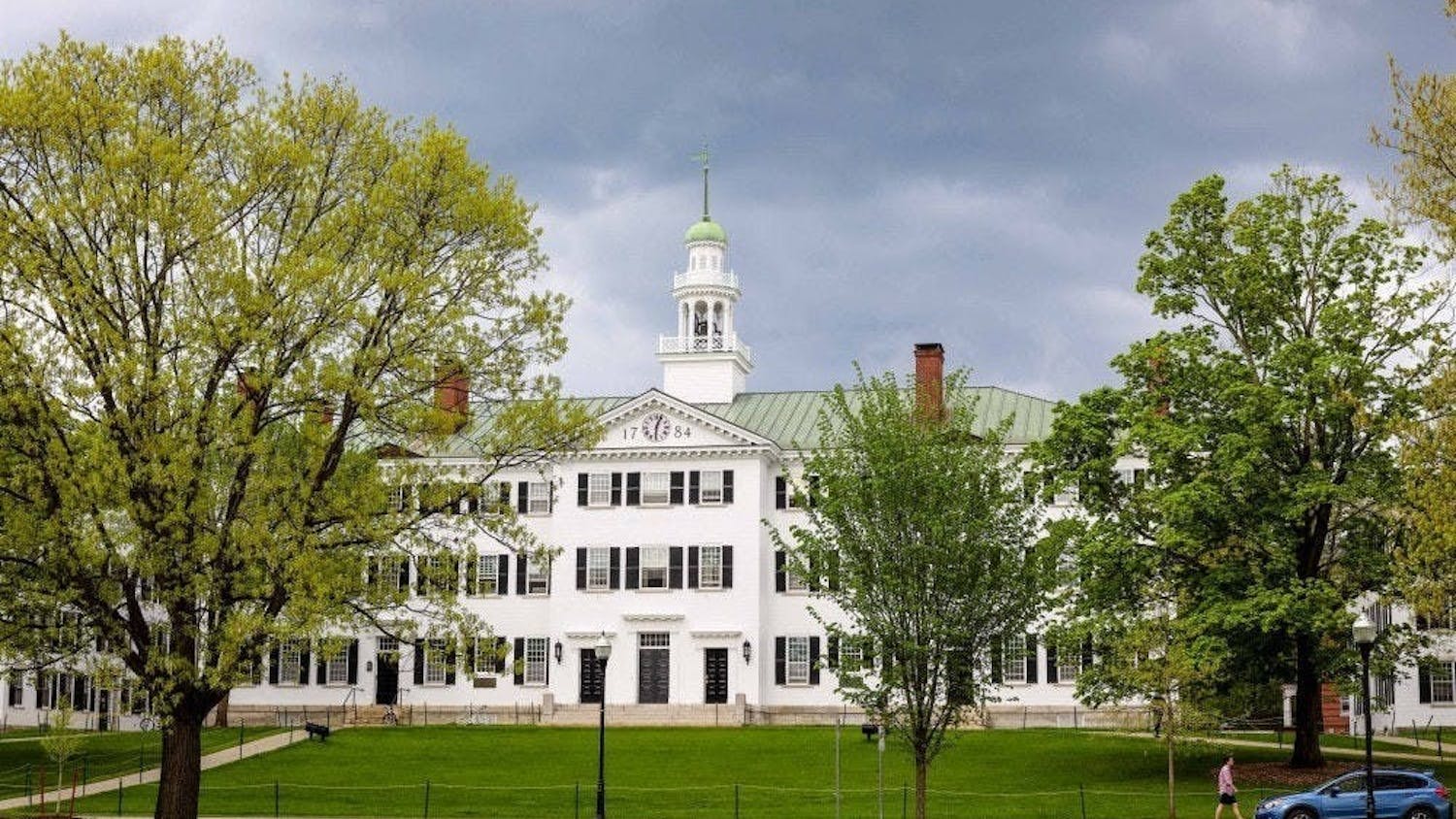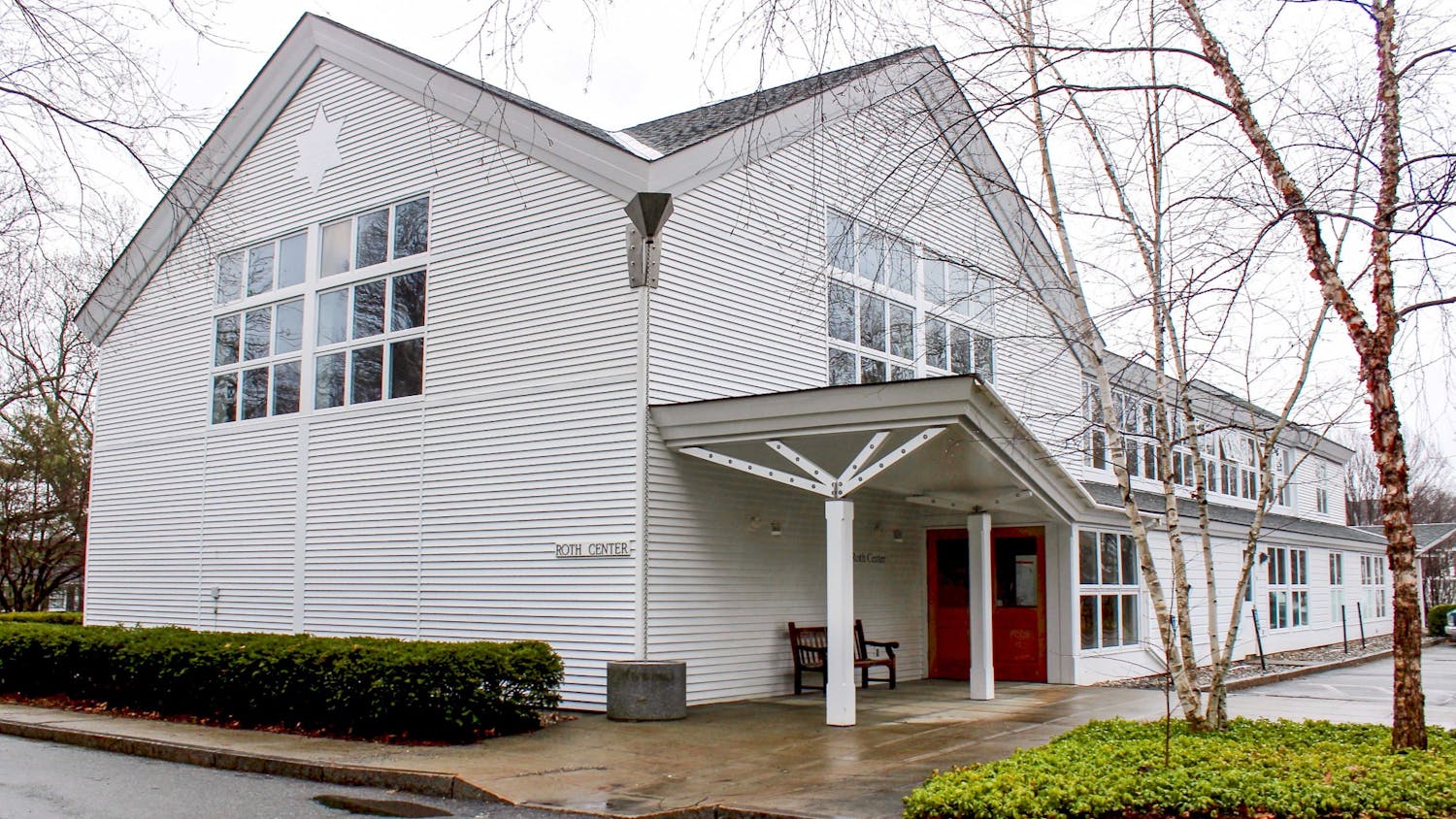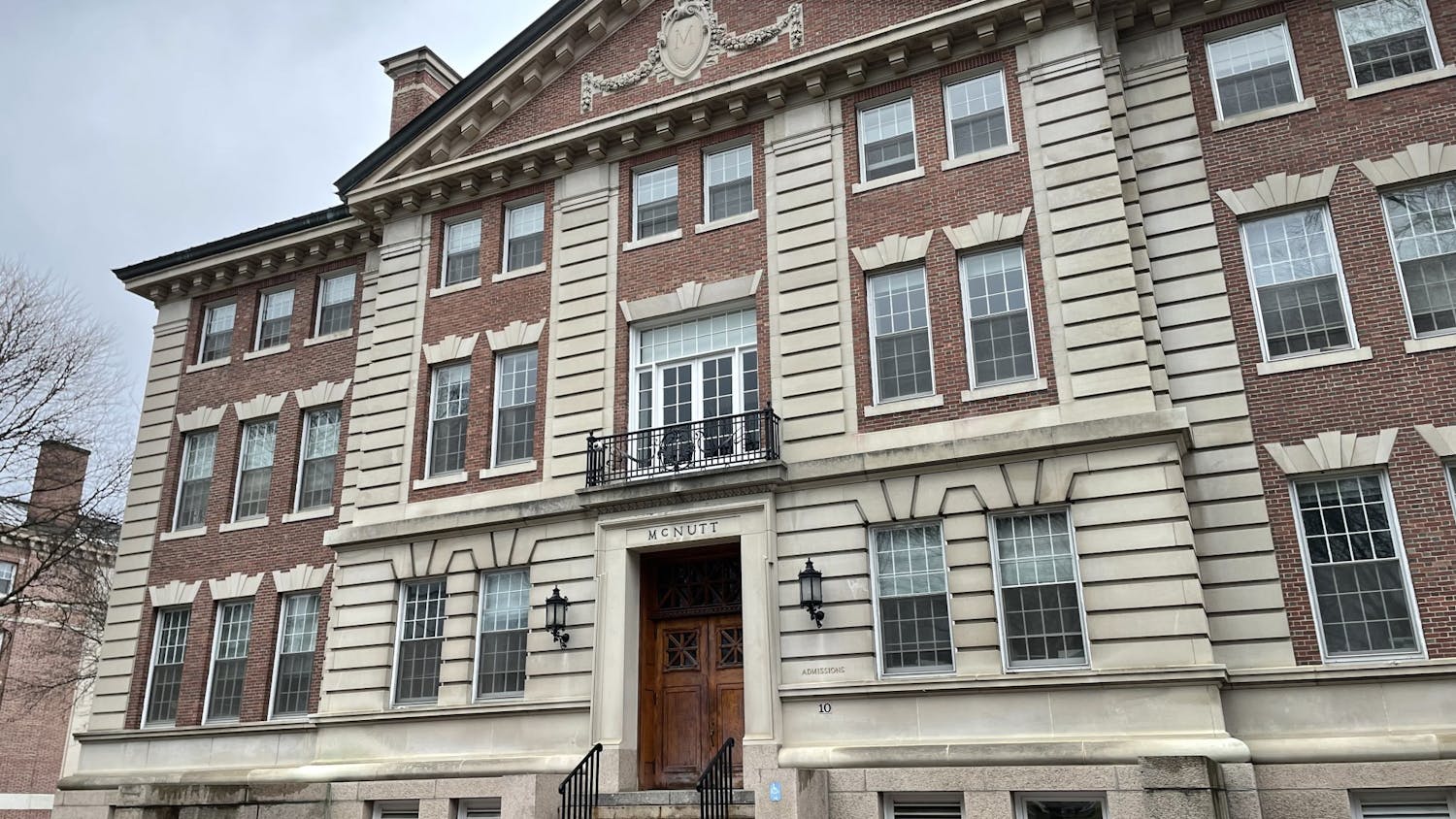Dartmouth offered 2,176 acceptances to the Class of 2020, a group that includes the highest ever percentage of students of color. The number of applicants totaled 20,675 — representing less than a 1 percent increase from the Class of 2019 — bringing the 2020 admission rate to 10.5 percent.
Of the admitted students, 51.6 percent identified as persons of color, 14.7 percent as first-generation college students, 8.1 percent as legacies and 10 percent are recruited athletes. Forty-eight percent of the admitted students qualify for need-based financial aid, with an average scholarship of $43,915. Earlier this month, the Board of Trustees approved a 3.8 percent total increase in undergraduate tuition, mandatory fees and room and board for the 2016-2017 academic year.
Geographically within the United States, 27.3 percent of admitted students come from the West, 18.8 percent from the South, 9.7 percent from the Midwest, 22.1 percent from the Mid-Atlantic region and 13.6 percent from New England.
Engineering topped the list of academic interests for the third consecutive year. The next most frequently indicated interests were economics and biology.
The mean SAT score among admitted students was 2219, and the mean ACT score was about 33. Almost 95 percent of the admitted students are in the top 10 percent of their graduating class. The proportion of admits from private schools decreased from 27.2 percent last year to 25.4 percent this year. Sixty-three percent of admits are from public schools, an increase from the previous year’s 60.8 percent.
Interim dean of admissions and financial aid Paul Sunde said that the admitted students are impressive in their intellectual energy, personal engagement and diversity.
Morgan Debow ’20 from Northridge, California, described Dartmouth as a “perfect blend of academic and athletic aspect” and was attracted by the close-knit nature of the community.
“It was a dream come true,” she said. “I’ve know that I’ve always wanted to go to a highly academic school and Dartmouth seemed like the perfect fit.”
Loghan Thomas ’20 from Aurora, Colorado also felt joy and disbelief upon seeing her acceptance letter.
“If you had asked me before, I would have never considered myself an Ivy League student,” she said.
Sunde said that the admissions office emphasized to applicants the depth and access of resources available to students both at Dartmouth and after graduation.
Regarding the increase in students of color, he said that Dartmouth has been “working to try and diversify its community on all measures for a very long time.” Sunde noted that this was the first year the admitted class had over 50 percent students of color. For the Class of 2019, students of color represented 49.8 percent of the admitted class.
He also said that the increase in public school representation is indicative of increased socioeconomic diversity.
This admissions cycle was the first time in eight years that Dartmouth did not extend need-blind financial aid to international students. Sunde said that while the admissions office extended fewer offers to international students who needed financial support, many offers were made and the admitted international population is still very diverse. This year, 8.2 percent of admitted students are international students, compared to 7.9 percent last year.
“Though the application number did not change significantly, the qualitative aspects of the pool sounds like a different, stronger, more diverse pool of applications,” Sunde said. “It was a delightful process but it makes the decisions really hard.”
Princeton University had a record-low acceptance rate of 6.46 percent, as did the University of Pennsylvania which admitted 9.4 percent and Harvard University which admitted 5.2 percent. Brown University admitted 9 percent, Columbia University admitted 6.04 percent, Cornell University admitted 13.96 percent and Yale University admitted 6.27 percent.
This post was updated on April 5.
Amanda Zhou is a junior at Dartmouth College originally from Brookline, Massachusetts. She’s previously been the associate managing editor, health and wellness beat writer at the Dartmouth and interned at the Pittsburgh Post-Gazette this Fall. She is pursuing a major in quantitative social science and a minor in public policy. At college, she edits the campus newspaper, serves on the campus EMS squad and lives in the sustainable living center. After graduation, she is interested in a career in journalism or data analysis. In her spare time, she can be found running, cooking or trying to rock climb.



